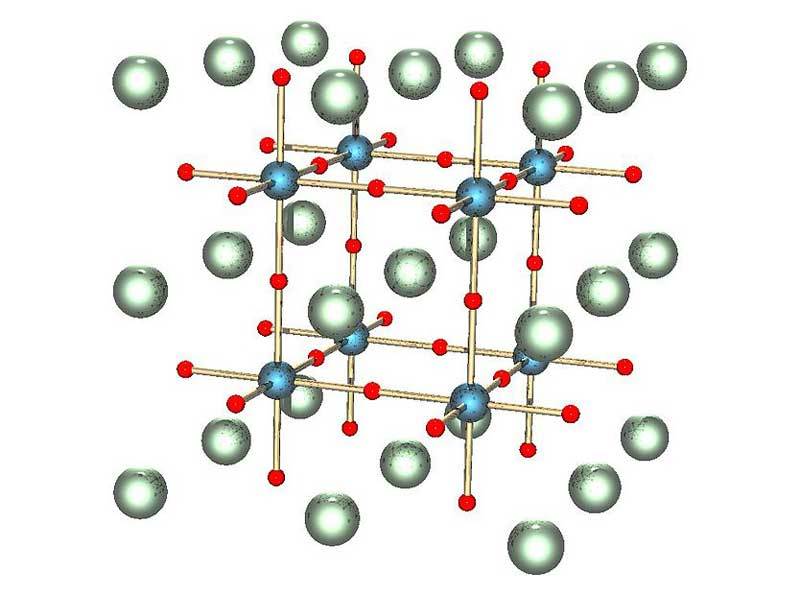Using light to dramatically improve conductivity at room temperature
 Many important discoveries happened by accident, and researchers at the Washington State University (WSU) had luck when they found out that exposing a crystal to light enables 400-fold increase of its electrical conductivity. The phenomenon, which lasted for days after the light was turned off, could dramatically improve the performance of devices like computer chips.
Many important discoveries happened by accident, and researchers at the Washington State University (WSU) had luck when they found out that exposing a crystal to light enables 400-fold increase of its electrical conductivity. The phenomenon, which lasted for days after the light was turned off, could dramatically improve the performance of devices like computer chips.
The phenomenon was discovered by WSU doctoral student Marianne Tarun when she noticed that the conductivity of some strontium titanate (SrTiO3) increased dramatically after it was left out one day. At first, she and her fellow researchers thought the sample was contaminated, but a series of experiments showed the effect occurred due to its exposure to light.
The researchers exposed a sample of strontium titanate to light for 10 minutes. Its improved conductivity lasted for days. They theorize that the light frees electrons in the material, letting it carry more current.
Photoconductivity is widely used to detect the presence of light and measure its intensity in light-sensitive devices. The phenomenon when light causes a material to have larger conductivity for a while even when the light source isn’t available is known as persistent photoconductivity, but it was achievable under special conditions.
Unlike previously observed materials able to express persistent photoconductivity, strontium titanate exhibits this effect at room temperature. It is also far more dramatic compared to results other researchers achieved in other materials. That makes it suitable for practical use in a wide variety of devices.
“In standard computer memory, information is stored on the surface of a computer chip or hard drive. A device using persistent photoconductivity, however, could store information throughout the entire volume of a crystal”, said Matthew McCluskey, chair of physics department at WSU.
Investigated strontium titanate and other oxides, which contain oxygen and two or more other elements, are able to display variety of electronic phenomena, from the high resistance used for insulation to superconductivity’s lack of resistance. So, I’m pretty sure we’re going to witness many more breakthroughs when it comes to research and practical application of these materials.
For more information, you can read the paper published in Physical Review Letters: “Persistent Photoconductivity in Strontium Titanate” [398KB PDF].









Thanks-a-mundo for the article post.Really thank you! Great. Christianson
What’s up! I would like to say, I enjoyed this article. Keep going publishing!